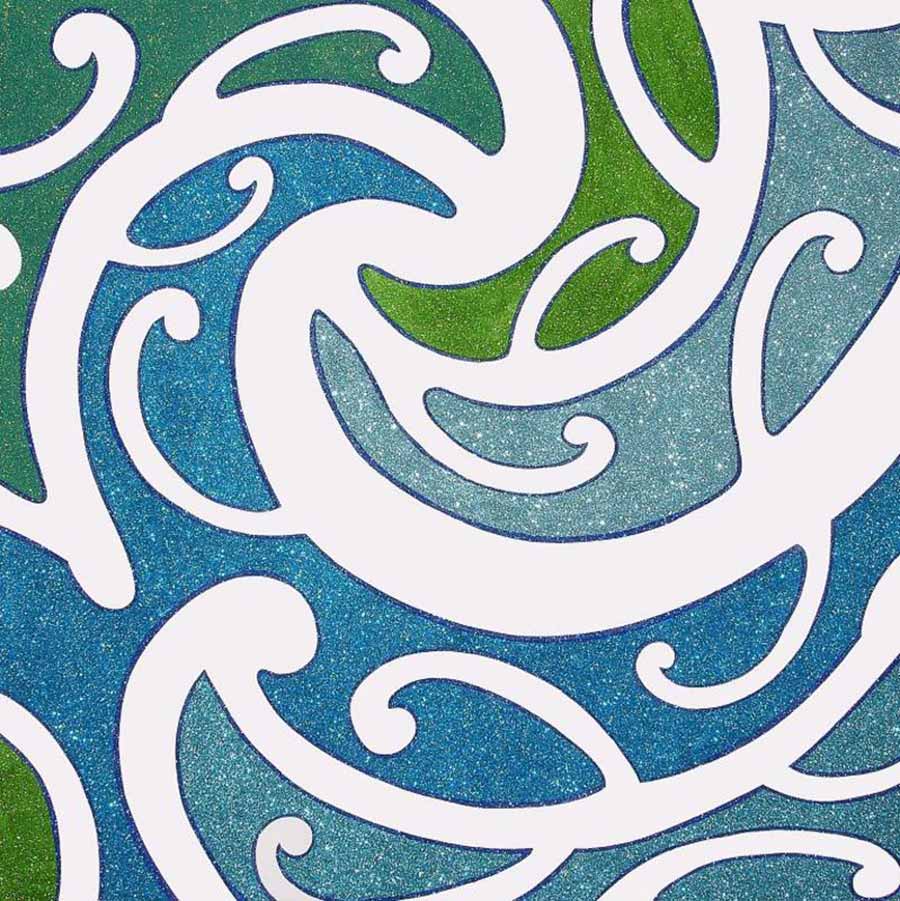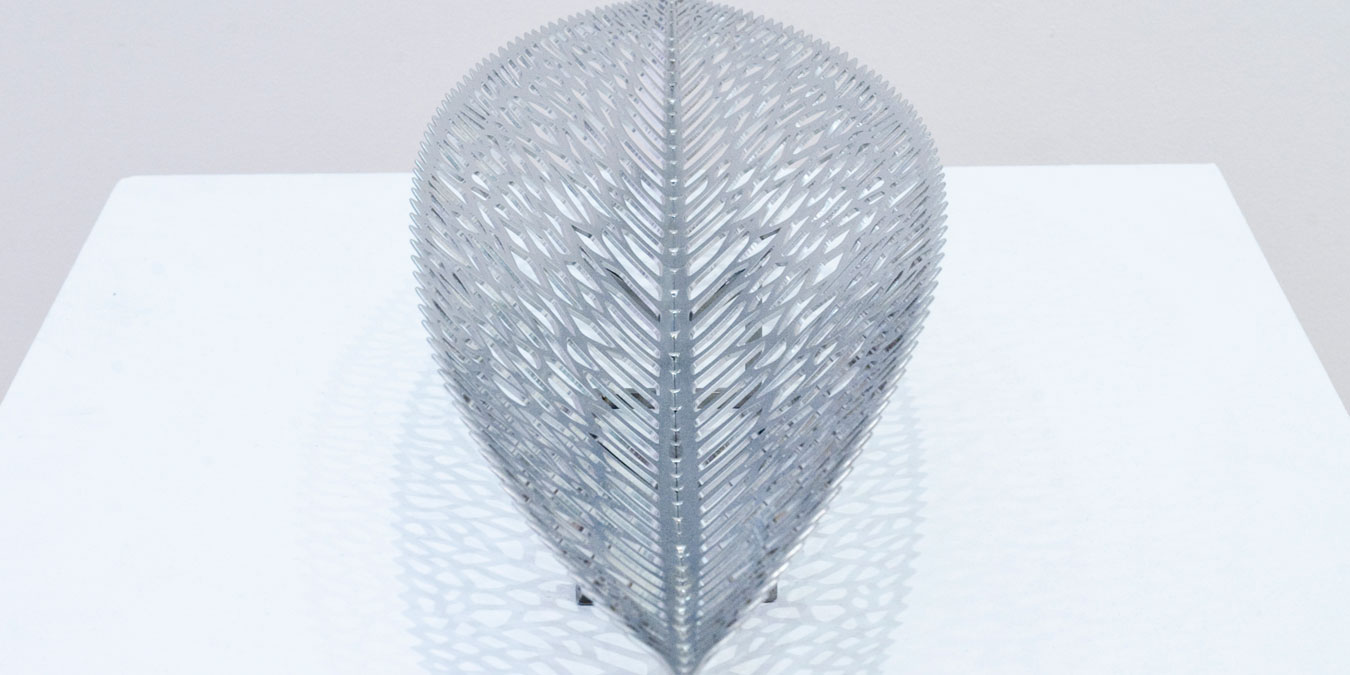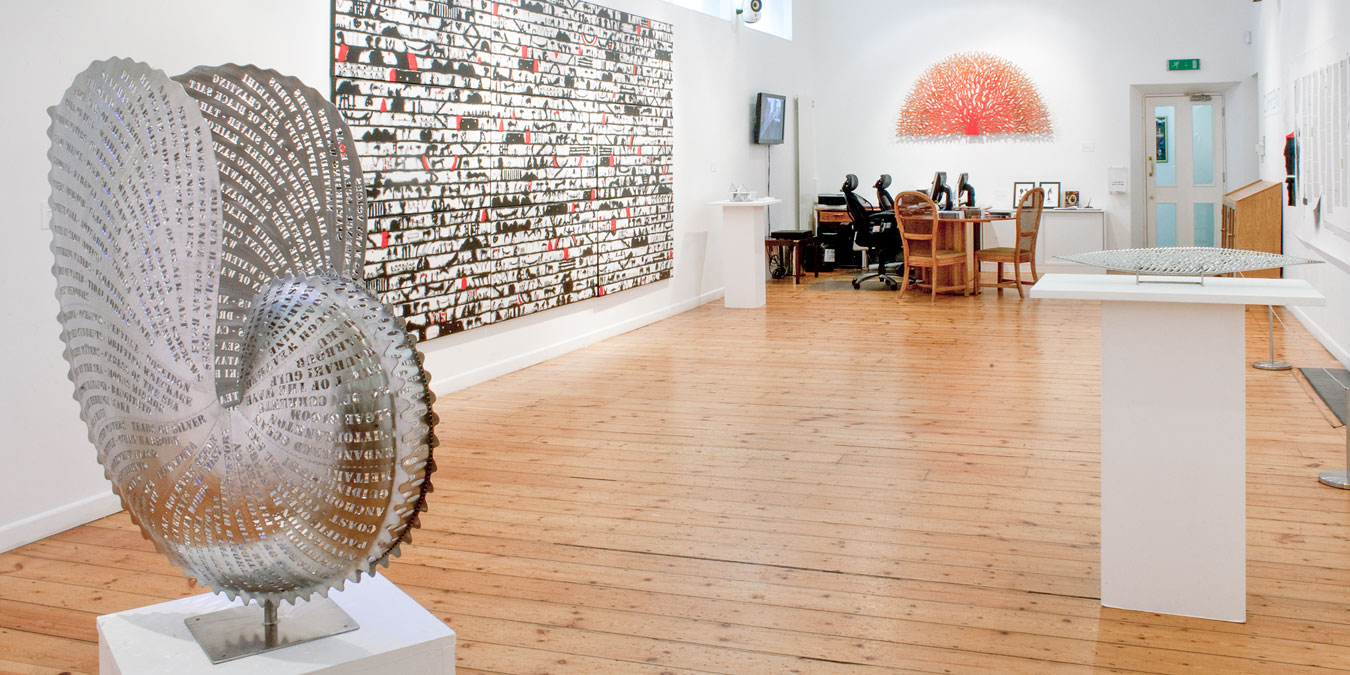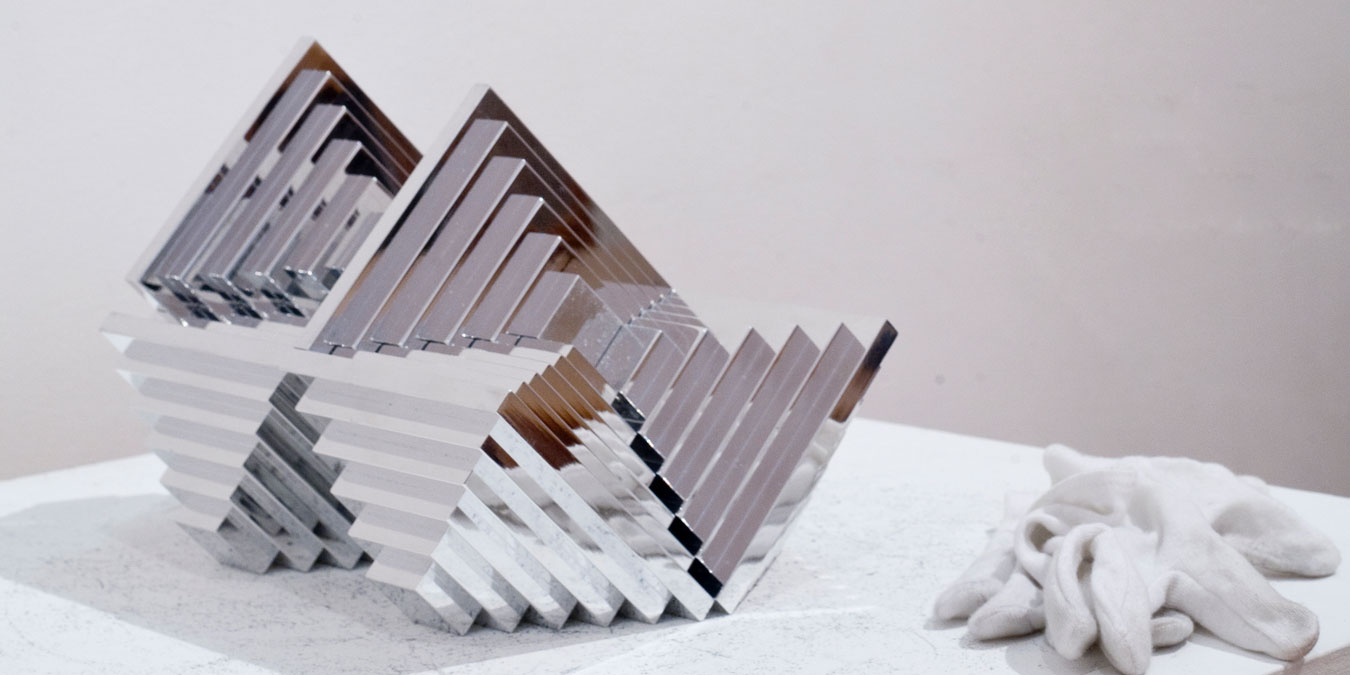CURRENT: Contemporary Art from New Zealand and the Pacific
-image-courtesy-Whitespace,-New-Zealand.jpg)

October Gallery presents art from New Zealand and the Pacific region in collaboration with Whitespace, contemporary art gallery, Auckland, New Zealand.
CURRENT showcases six contemporary artists from New Zealand and the Pacific: Andy Leleisi'uao, Nic Moon, Virginia King, James Ormsby, Filipe Tohi and Reuben Paterson. Each artist, in his or her own unique way, addresses environmental sustainability in the region and draws upon specific cultural traditions to explore, renew and express ‘current creative identity’.
The exhibition takes place during the three week long programme of the City of London Festival 2011 with this year’s theme Arts and Culture of Australia, New Zealand and the Pacific Islands and coincides with ‘Origins: Festival of First Nations’, which brings together groundbreaking artists from the cultures of Australia, New Zealand, Canada and the USA, in venues across London.
This exhibition continues and develops October Gallery’s longstanding interest in the brilliant arts of Oceania and Australasia, including New Colours from Old Worlds (Contemporary Art from Oceania, 1999), Red Wave Collective (Contemporary paintings from Fiji, Solomon Islands, Tonga, Samoa, 2006) and EthKnowcentrix: Museums Inside the Artist, (artists from New Zealand and the Pacific Islands, 2009).
ANDY LELEISI’UAO (b.1969, New Zealand) is a story teller. His paintings are narratives about Pacific people as of a rich and diverse place, also of places everywhere, of people who have migrated and adopted new lands, customs and rituals. In an experimental manner of siapo (tapa, bark cloth) - like employing grids, using emblems and symbols, creating storylines - his recent works consist of bands depicting figures engaged in a range of activities. There are creation myths, notions of gods, of planting and harvest, journeys, labouring, loving and death. He ‘deals with identity and dislocation, reflecting contemporary urban life as well as his own.’ Though originating from a Samoan perspective, his work has universal relevance and appeal.
NIC MOON (b. 1968, New Zealand) looks critically at the impact that humans have on their environment and at the ecological consequences of colonisation in New Zealand. The installation on display is inspired by the global impacts of farming, deforestation, fossil fuel consumption and climate change. Inner Sanctum is an exciting mixture of ‘Wild Things’ and is constructed of organic found materials including cow bones and skulls, Harakeke (flax), raranga (traditional Maori weaving) and lignite.VIRGINIA KING (b. 1946, New Zealand) seduces the viewer with beautiful sculptures and poetic installations pointing at the fragile balance of the Pacific Ocean, the vulnerability of underwater worlds and the challenges of protecting pristine ecosystems. Her work develops from an interest in micro-organisms, mythology, history and a remarkable sensitivity to textual forms.
JAMES F.ORMSBY (b. 1957, New Zealand) Inspiration for ‘Psaltearoa’ was the discovery and connection to the ‘Ormesby Psalter’, an illuminated manuscript commissioned by 13th century monk, Robert Ormesby. This work looks into cross cultural interpretations of Maori history vis-a-vis the importation of the Christian faith. It is the continuation of whakapapa (family history) into Aotearoa (New Zealand, ‘land of the long white cloud’) from England, and is a unique collaboration between ancestors – father – son.‘Hapaiti nga mahi a o tupuna! He aha te take? Na tem ea, he taonga mapuna tenei mai I o matou tupuna! Raise up the works of your ancestors! What is the reason for this? - this is a precious gift from our ancestors!’
FILIPE TOHI (b. 1959, Tonga) researches notions of identity by using modern forms of lalava, an ancient Pacific lashing technique. Tohi believes lalava patterns were a mnemonic device for representing a life philosophy’ which ‘advocated a balance in daily living and were metaphorical and physical ties to cultural knowledge.’ He applies this ‘DNA of culture’ directly to walls, or makes it manifest through his paintings as well as metal, wooden and stone sculptures, inviting us to discover more about the created visible world.REUBEN PATERSON (b. 1973, New Zealand) works in a Modernist tradition with glitter colour on canvas. As a medium that reflects light, referring to religious paintings – it has become his trademark. His paintings are ‘emotional and spiritual responses to my family and their stories, and of the spiritual connection of Maori to site-specific places, tapu places.’ His patterns develop from Maori forms like Kowhaiwhai, but Paterson also states: ‘I don’t take on that responsibility [Maori ideologies] with my work... I only represent myself in my truths or discoveries.’








